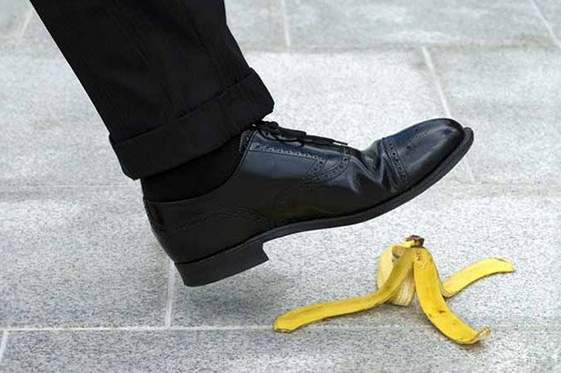How to Make Shoes Non-Slip
How To Make Shoes Non Slip Diy
Unfortunately, style and utility don’t always go together. Shoes may look great and work perfectly with your outfit, but that doesn’t mean the soles will have the grip you need.

READ MORE : How To Waterproof Leather Boots
Non slip shoes can be critical for work – for example, working in a restaurant requires both stylish shoes but also plenty of grip underfoot to avoid an accident – or even just for walking around town during an icy winter.
Without a non-slip sole on your shoes, it is easy to suffer an unwanted fall.
Thankfully, it is possible to take a pair of shoes with little grip in their soles and give them some sticky properties.
here is our guide to find the best slip resistant work boots
In this article, we’ll cover everything you need to know about how to make shoes slip resistant so you can walk around without worrying about a fall.
What You Will Need
If your shoes are brand new:
- Gravel, sandpaper, or a nail file
- Knife
If your shoes are worn in:
- Grip pads
- Traction spray
- Hairspray
- Puff paint
For extreme traction:
- Traction spikes
Instructions
Brand new shoes
The reason that brand new shoes lack traction is typically because the soles have few or shallow grooves for traction, which leaves water with little place to escape from under the shoe so that it forms a slippery film instead.
Therefore, to add traction to new shoes the best thing you can do is to scratch up the bottom and form your own grooves and irregularities in the surface of the sole.
One of the most effective ways to accomplish this is to simply find gravel or rocks and kick your foot back and forth over them repeatedly to scuff up the bottom of your shoes.
Taking your shoes off and rubbing them by hand against the rocks works even better.
If you do not have rocks around, you can scuff the sole by rubbing a piece of rough sandpaper or a nail file against the bottom of the shoe.
Scoring the sole with a knife is the next step once you have roughed up the soles a bit.
Don’t score so deeply that you cut into the base of the shoe itself – just deeply enough to create grooves for water to move through.
READ MORE : The Best Waterproof Work Boots
Worn in shoes
If your shoes have been worn long enough, chances are high that the traction pads that were originally designed into the soles of the shoes have been worn down to slippery nubs.
In this case, placing more wear on the soles as you would for a brand new pair of shoes won’t help you.
Instead, the best thing you can do is to add an inexpensive grip pad to the sole of the shoe.
Typically, you can cut grip pads with a pair of scissors, using a pencil to trace the outline of the shoe onto the grip pad to match its size and shape.
The grip pad can then be adhered to the sole by exposing the included adhesive.
Alternatively, you can use other materials to add traction back to worn out soles.
Commercial traction sprays are slightly more expensive than traction pads, but won’t add anything to the bottom of your shoes. Simply spray on one to two coats to make your shoes non slip.
Hairspray works as a makeshift, inexpensive traction spray.
Spray hairspray generously and allow it to dry for about one minute, then add a second coat.
Note that hairspray will require reapplication after a few days of use and will wash off your soles in the rain.
Puff paint works similarly to hairspray, but lasts somewhat longer.
Simply paint a thin layer onto your sole, then allow it to dry for several hours before wearing the shoes.
Extreme traction
When traction is everything – for example in icy weather – you may need to go to extreme lengths to add grip to your shoes.
In this case, add a set of traction spikes to your shoes. Typically, these can be pulled on over your shoes for easy on and off when you need them.
READ MORE : How do you keep your feet from sliding in heels?
Conclusion
Having shoes that lack grip can lead to a dangerous situation and even a slip and fall if you are not careful.
Unfortunately, many stylish shoes don’t come with the traction you need underfoot for walking around in wet weather or for work.
In addition, shoes tend to lose their traction as they are worn out and the sole is rubbed down to a smooth nub.
Either way, it is easy to learn how to make shoes less slippery simply by scraping up the soles or adding sticky materials onto the soles.
With these measures in place, you’ll be able to walk around confidently without fear of slipping.
We would love to know which method you used to add traction to your slipper shoes – let us know in the comments section below!
If you liked the article, please also share with your friends.
